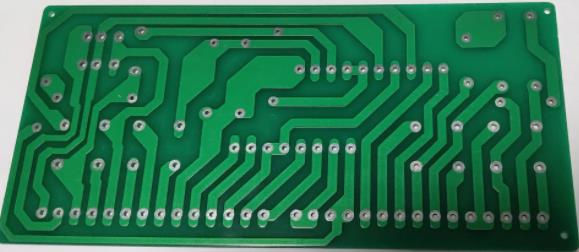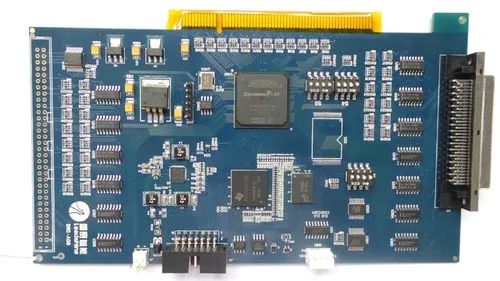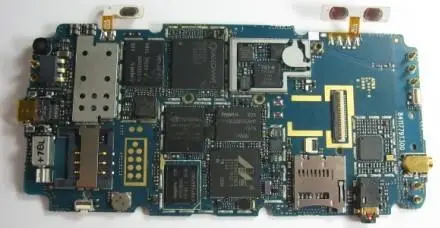
Manage embedded software through design rules of online PCB design
The similar order of rules and rules can be applied to the development of embedded software. The basic approaches to success include defining performance requirements and establishing stable design rules. Even if everything goes wrong, it can ensure that your design has a stable backbone, and you can rely on it to catch and potential errors and keep the board design developing.
Embedded design software starts from the design rules of performance requirements
Refrigerators, complex avionics systems, robotic vacuum cleaners and other devices rely on embedded software to manage multiple tasks. The smart fridge may interact with the IoT to connect its owner's smartphone and leave a message about the milk turning sour. The embedded software in the refrigerator uses DSP to control tasks, works in the microcomputer and microcontroller to perform peripheral tasks, and communicates with sensors and other devices.The Circuit board manufacturer explains the embedded software managed by the design rules of online circuit board design.

Embedded software applications range from controlling basic operations to running all components of complex avionics systems. The application design is analyzed first, and then a detailed list of project performance requirements is generated.
The performance requirements of embedded software will affect the choice of computing platform, I/O signal and software architecture. This architecture defines the organization of the system, covers the relationship between the environment and its components, and controls the design.
Embedded software can be found anywhere from memory storage devices to vending machines.
Constraints and risks challenge embedded software development
The operation of embedded system and its software depends on the relationship between components and between system and environment. No limit, none of this will happen. Constraints set boundaries for system operations. Many of the same factors that meet performance requirements (such as security, cost, interfaces, and compatibility) also define constraints.
The real-time interaction between embedded processor, sensor and actuator sets the boundary for development. Although the processor has memory, response time, and speed limitations, the software architecture may become vulnerable by adding more complex tasks and missing deadlines.
As a result, some constraints evolve into risks. The changing requirements of hardware and software platform bring some uncertainties to embedded software development. The hardware manufacturer's control of the language, tools, and databases used by the development team may affect flexibility. Reliability (whether for consumer equipment or industrial control) also has risks.
Ensuring that you carefully consider your printed board design in advance can help you prepare for risk.
Design rules ensure your PCB design is trouble free
Design rules are stable design decisions that can be used to enhance embedded software development. Design decisions separate the embedded system architecture into modules through stable interfaces such as abstract data types. Strong design rules will appear in key header files, globally shared data structures, and other design patterns and interfaces.
The well thought out design rules also cover the logic of interaction between the controller and the device, domain logic, data processing logic, and the relationship between defining subsystems. Design rules and design decisions constitute the hierarchical modular structure of embedded systems. The upper layer of the hierarchy contains design rules, while the lower layer contains design decisions that depend on the upper layer's decisions.
Based on performance requirements and design criteria, rules determine the level of interaction between subsystems. Risks arise when poor communication threatens how the team manages software projects. The team was unable to produce the high-quality code needed to manage complex systems and applications. Design rules establish a language for the project and increase the consistency of team communication. The circuit board manufacturer explains the embedded software managed by the design rules of online PCB design.






